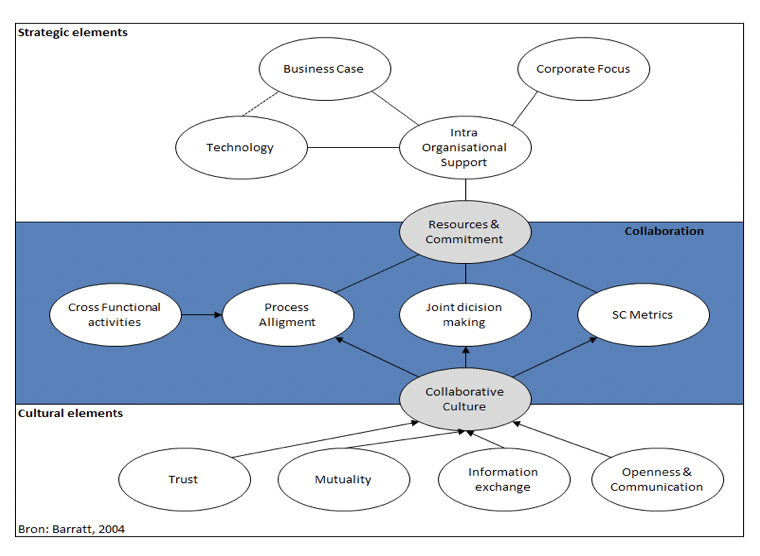Dutch PostNL is opening up its 1,000 parcel lockers machines to other carriers. GLS Netherlands is the first competitor to utilize this network for parcel deliveries. PostNL aims to connect more carriers to the network in the future.
This is good news; the future of home delivery is in joint delivery with shared fleets. However, this development also raises intriguing questions. Do consumers have to pay? Will PostNL and GLS jointly supply the parcel machines? What are the business agreements between competitors PostNL and GLS? How will PostNL manage scarce parcel locker space on Christmas and Black Friday? And is it truly a more sustainable and economical model? What does the bottom line of the business case look like?
Collaboration between competitors is challenging, but there is much to learn from the few successful examples. Firstly, the strategic benefits must be enduring, including improved customer service, lower costs, shared investments, and sustainability. Ultimately, will the collaboration result in a stronger market position against DHL, DPD, and others?
Problems in chain collaboration often arise due to a lack of trust, fear of abuse of power, and an uneven distribution of profits. The second lesson is that collaboration is not limited to building operational information exchange; companies must also manage information exchange at the tactical and strategic levels. If processes at these levels are not integrated, the benefits of collaboration will be limited.
Existing corporate cultures are often not conducive to increased collaboration, with prevalent functional thinking supported by organizational structures and performance evaluations focused on functional activities rather than customer-oriented supply chain processes. The third lesson is that a culture focused on chain collaboration is needed: trust, reciprocity, information exchange, openness, and communication.

The most crucial question is, of course, what consumers will do. Pickup behavior has not changed in the last ten years. Nearly 90 percent of Dutch customers have their parcels delivered to their homes (or to neighbors), with 8 to 13% of parcels being picked up, increasingly at stores. Parcel carriers are increasingly adept at delivering on schedule, making pickup unnecessary, right? A small group of consumers consciously opts for pickup and are willing to pay for it. But is that market large enough?
The ability for consumers to retrieve parcels from various carriers (and webstores) at a ‘white label’ parcel machine could be a game changer. I will follow this initiative with interest.
Walther Ploos van Amstel.
